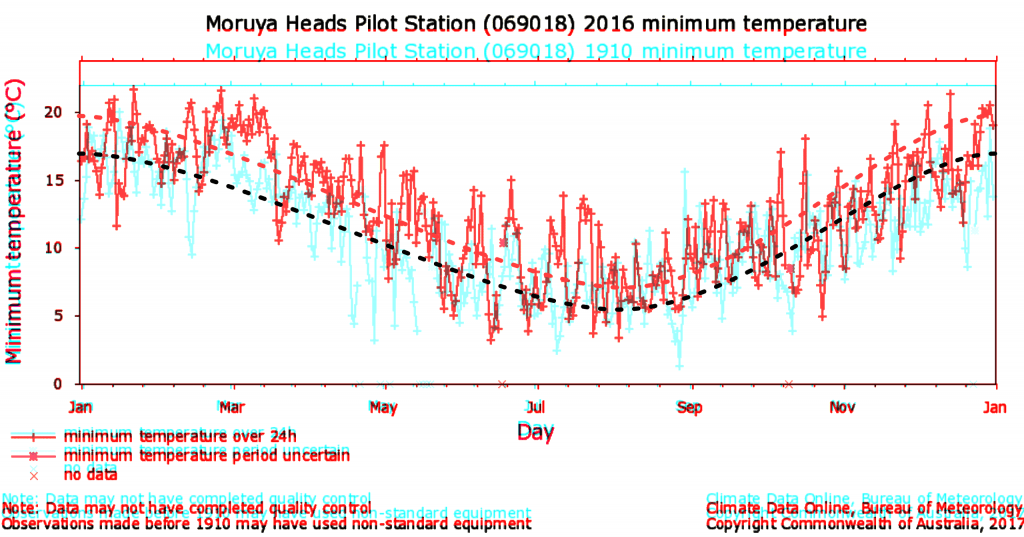Do we have a choice? Do we? I think we have a choice.

Last month it was “fire and fury (they likes of which the world has never seen)”. See my artwork. This month it is “we will have no choice but to totally destroy North Korea”. I for one don’t condone that kind of inflationary, intentionally divergent rhetoric. I may not be a lawyer, but both statements sound like threats to me!
“The United States has great strength and patience, but if it is forced to defend itself or its allies, we will have no choice but to totally destroy North Korea.” – Donald J. Trump
And not just threats towards the leader himself, but threats directed against the whole nation! And that, my friends, is a type of collective punishment. Collective punishment on citizens who don’t even know any different because they’ve been indoctrinated from day one.
That’s not right. That’s not right because they are not really ‘evil’ citizens are they? If you believe that all 25 million North Koreans are ‘evil’, it’s more likely that it is *you* who is in fact paranoid. They are over there trying to grow rice and put food on the table. I think Americans should try to put themselves in the place of the average North Korean. And I think Mister Trumpet should tone down his language.
Is this how Trump does business? By verbally attacking his opponents? Is this how he does politics? This is like the level of a 5 year old child. Whatever happened to negotiation? Communication? I think he’s sending the wrong message. It’s quite obvious that it’s a bluff. You don’t just nuke an entire nation in the year 2017. Why doesn’t the “great leader” offer a more appropriate, measured and proportionate response? Does he know how?
(I’ll leave it up to you to figure out which “great leader” I’m referring to here, to highlight the fact that they are pretty much both as bad as one another)
One choice would be for Mr Trump to just shut his mouth and for us to continue on with our daily lives. That’s one choice.

